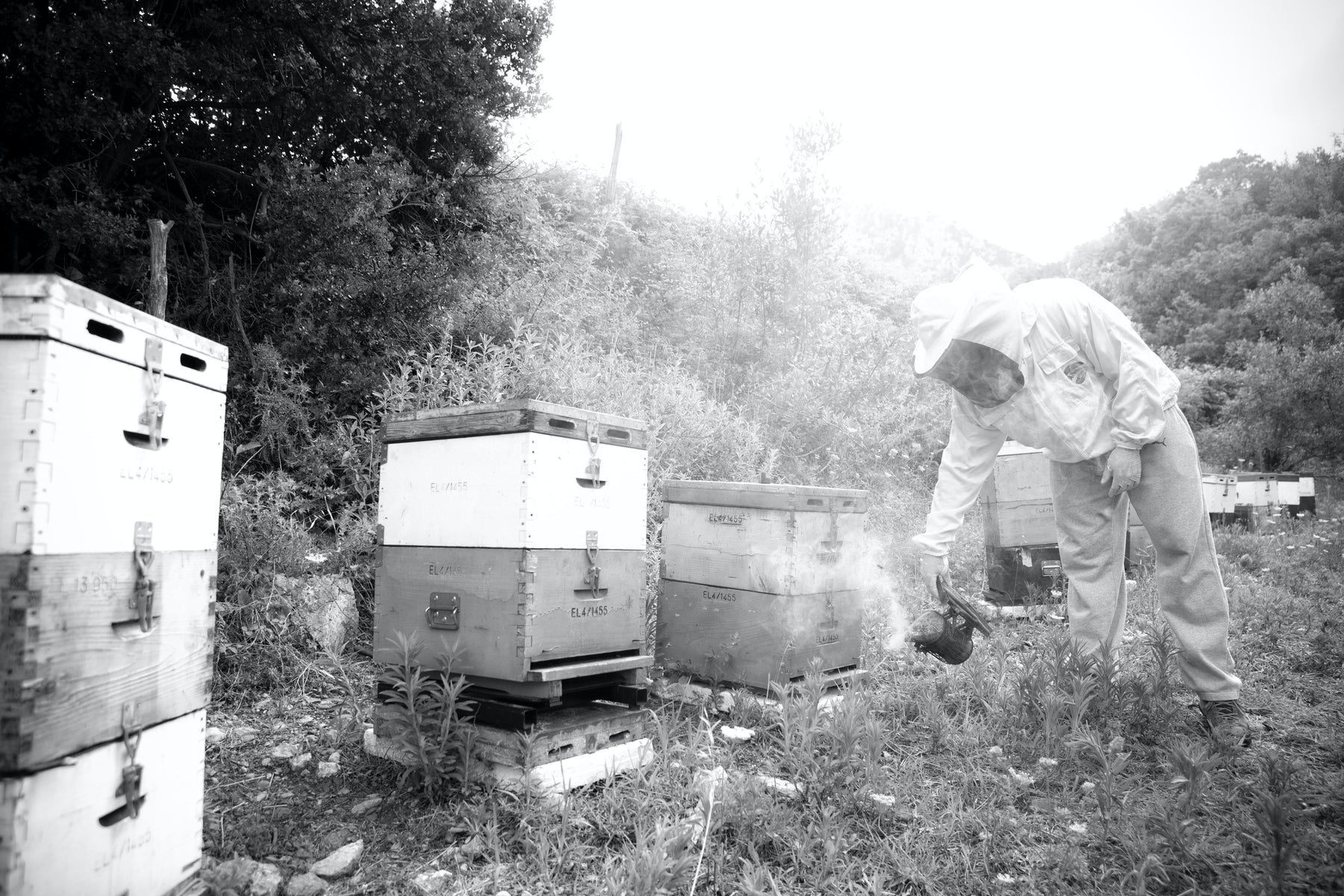
Fall Beekeeping - Preparing Your Hives for the Winter
You’ve harvested the honey, remembering to leave plenty in the hive to feed your bees through the cold winter months ahead. Jars of golden goodness line the shelves in your pantry, rewarding you for all your hard work. The temperatures are beginning to drop -- a signal that it’s time to start thinking about what beekeeping tasks need to be done to prepare your beehives for the upcoming winter.
You probably have some trepidation concerning the cold months ahead, especially if this is your first winter as a beekeeper. Winterizing beehives is a concern for all beekeepers, but the degree to which you must winterize will depend upon where you live and how extreme the weather can be. The severity and length of the season must be taken into consideration as you determine what needs to be done to ensure that your bees make it through the cold months ahead.
Responsibility for Your Bee’s Survival
Since bees have survived winters up to now without our help, you may be wondering why you need to be so concerned now. The truth is ... things have changed. Not only is the home you have provided for them different than what they would have chosen for themselves in the wild – a tree cavity provides a lot more insulation, for instance, you have also taken some of the honey stores they had set aside to make it through the winter for yourself. Add to this the fact that honeybees are on the decline and need our help to survive. Without them, we may become extinct as well.
Preparing Hives for the Winter
Helping your bees survive the winter is one of the first true tests those new to beekeeping must master. Being a good beekeeper is not about how many hives you have in your apiary. Instead, it’s about how many of your colonies make it successfully through the winter.
If you’ve followed a good management schedule throughout the first part of the year, winterizing your hives may be nothing more than making sure the bees have managed to store enough food for themselves.
The bees themselves, in fact, have been making winter preparations for some time now. They have been collecting and storing honey and pollen. As plants come to the end of their life cycles, however, they produce less and less nectar and pollen. This reduction causes the queen to reduce the number of eggs that she lays as well.
As the days shorten and the temperatures begin to fluctuate, the drones are expelled from the hive. They will not be needed during the cold months ahead, and new drones can be reared in the spring.
When temperatures fall into the 50s, bees no longer venture out from the hive. Instead, they begin to form a cluster inside the hive to conserve heat, clustering around the queen and any brood to ensure their survival.
General Questions About Wrapping Bee Hives for Winter
1. How much honey should I leave in the hive for my bees over the winter?
It’s generally recommended to leave 60-80 pounds of honey in the hive to ensure your bees have enough food to last through the winter. This amount can vary depending on your local climate and the length of your winter season. Monitor the hive’s weight periodically to make sure the bees have adequate stores.
2. What steps should I take to improve hive ventilation in winter?
To improve hive ventilation, ensure there is a top entrance or ventilation hole to allow moisture to escape. You can also tilt the hive slightly forward to help drain any condensation. Proper ventilation prevents excess moisture build-up, which can be more harmful to bees than the cold itself.
3. How can I protect my bees from cold winds and extreme temperatures?
Shield your hives from cold winds by placing windbreaks, such as bales of straw, fencing, or natural barriers like bushes, around the apiary. Insulating the hive with materials like foam boards or wrapping it in breathable insulation can also help maintain stable internal temperatures without overheating.
4. What should I do about mite control going into the winter?
Implement mite treatments in late summer or early fall to reduce the mite load before winter. Treatments can include chemical options like oxalic acid or natural methods like drone brood removal. Regular mite monitoring is crucial, as untreated infestations can weaken the colony and affect their winter survival.
5. Why do bees expel drones in the fall, and should I be concerned?
Bees expel drones in the fall to conserve resources, as drones are not needed during winter and consume valuable food stores. This behavior is natural and not a cause for concern. The colony will raise new drones in the spring when they are required for mating purposes.
~
Join us next time to learn more about preparing your hive for the winter. During this fall preparation series, we will discuss how much honey is enough, mite control, ventilation and other issues necessary for the successful winterization of your hives.



Leave a comment